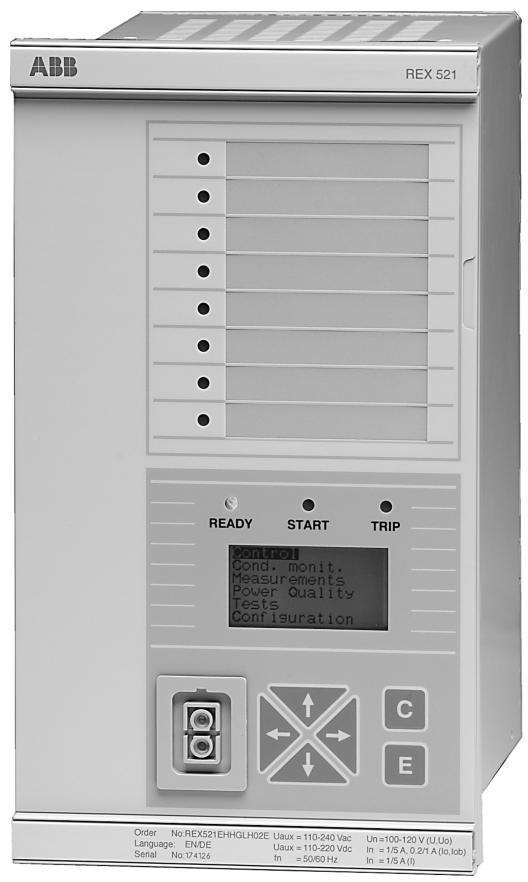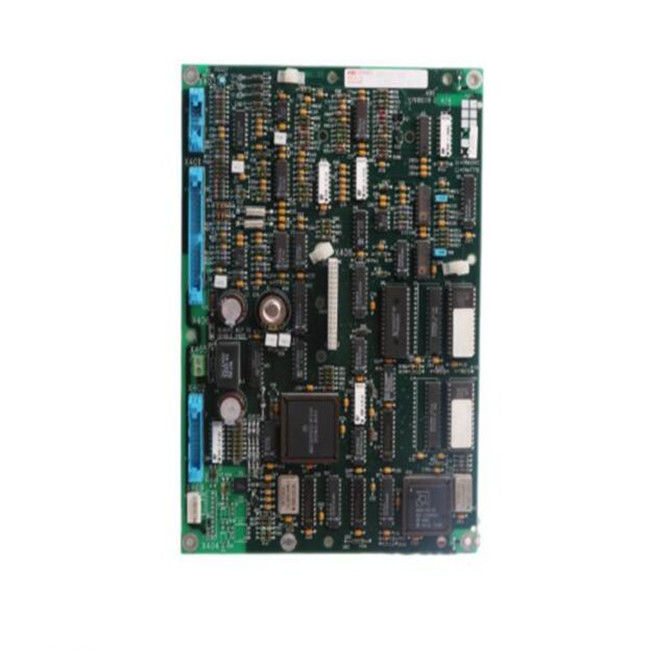Honeywell WEB-8000 Controller
Product overview
WEB-8000 is a compact embedded IoT controller and server platform used to connect multiple devices and subsystems. It has Internet connection and webserving capabilities, and supports integrated control, monitoring, data recording, alarm, scheduling and network management. Transfer data and graphical interfaces to standard web browsers via Ethernet, WLAN or the Internet. Simplified licensing mode, equipped with standard drivers and optional IO and fieldbus expansion modules, based on Niagara Framework ® The WEBs-N4 system runs, and large-scale scenarios can be combined with the WEBs-N4 Supervisor to aggregate information.
Hardware specifications
Processor and Memory
Processor: TI AM33521000MHz ARM ® Cortex ™- A8
Memory: 1GB DDR3 SDRAM
Storage: Removable micro SD card, total storage 4GB (user can use 2GB)
Network and Interface
Wi Fi: Supports 802.11a/b/g/n, 2.4GHz (HT20) and 5GHz (HT20/HT40), can be configured as a client, WAP or disabled, supports WPAPSK/WPA2PSK encryption
USB: 1 USB Type A interface, supporting backup and recovery
Serial port: 2 isolated RS-485 ports (optional bias and termination)
Network ports: 2 10/100MB Ethernet ports
Power supply and others
Power supply: 24VAC/DC
System: Running WEBs-4.1 and higher versions
Clock: Battery free real-time clock
Scalability
Extension module support
NPB-8000-LON: Up to 4
NPB-8000-232: Up to 4
NPB-8000-2X-485: Up to 2
IO module support
IO-16-REM-H: Up to 16 (via RS-485 remote connection)
Certification and Environmental Requirements
Authentication
UL 916, CE EN 61326-1, FCC Part 15 (Class B/C), CSA C22.2 No. 205-M1983, 1999/5/EC R&TTE Directive CCC、SRRC、RSS、ROHS
Environmental parameters
Working temperature: -20-60 ° C
Storage temperature: -40-85 ° C
Humidity: 5% -95% (non condensing)
Vibration: Complies with ASTM D4169 Guarantee Level II
Mean Time to Failure (MTTF): Over 10 years
Installation and Dimensions
Installation method: Compatible with DIN43880 shell, supports panel installation or EN50022 standard 35mm rail installation
Size: Approximately 171mm (height) x 110mm (width) x 56mm (depth), with at least 38mm gap reserved around the perimeter and 76mm reserved at the bottom for Wi Fi antenna
Ordering information
Licensing and Upgrades
Support different device point licenses (such as 5 devices/250 points to 200 devices/10000 points), and upgrade packages can be purchased during initial licensing or later stages.
Supports running Webs AX (3.8U) and is compatible with JACE 8000 controllers.
extension module
NPB-8000-2X-485: Dual Port RS-485 Module
NPB-8000-LON: Single Port LON FTT10A Module
NPB-8000-232: Single Port RS-232 Module
Other accessories
Universal power supply, remote IO module (IO-16-REM-H) and supporting power supply
others
All NC-8XXX components include WEBs-N4 license and Tridium standard driver kit.
By using the document, you agree that Honeywell shall not be liable for any damages caused by the use or modification of the document and shall protect it from any legal liability.
Functional Features
Connection and Integration Function: It is a compact embedded IoT controller and server platform that can connect multiple different types of devices and subsystems for centralized management. In smart buildings, it can connect various sensors, actuators, and other intelligent devices for unified monitoring and control.
Control and management functions: Provide integrated control, supervision, data recording, alarm, scheduling, and network management functions. Through these functions, real-time monitoring and remote control of connected devices can be carried out to promptly handle abnormal situations. In industrial production scenarios, equipment operation status can be automatically adjusted based on preset conditions, and alarm signals can be issued for equipment failures.
Data transmission and display function: data and rich graphic display can be transmitted to standard Web browser through Ethernet, WLAN or Internet, which is convenient for users to view and manage remotely. Operators can access the system’s operational status at any time through a browser in the office or remote location, without the need for on-site operations.
Protocol support function: Supports multiple protocols, including LonWorks ®、 BACnet ®、 Modbus, oBIX and Internet standards have good compatibility, can communicate and interact with devices of different brands and protocols, and are suitable for complex system integration projects.
Flexible expansion function: Simplified licensing mode, equipped with standard drivers and optional IO and fieldbus expansion modules, with strong expansion capability. It can support up to 4 NPB-8000-LON, 4 NPB-8000-232, 2 NPB-8000-2X-485 expansion modules, and 16 IO-16-REM-H IO modules, making it easy to flexibly configure the system size according to actual needs.
High performance operation: based on the latest version of Niagara Framework ® – Niagara 4 runs with better performance. In large-scale facilities, multi building applications, and large-scale control system integration, it can work together with WEBs-N4 Supervisor to achieve information aggregation and create unified applications.
Summary of Core Features
WEB-8000, with its compact design and IoT integration capabilities as its core, is suitable for scenarios such as building automation and industrial control. Through flexible expansion and standardized protocols, it achieves device interconnection and data management, meeting the centralized monitoring needs of medium and large-scale systems.











